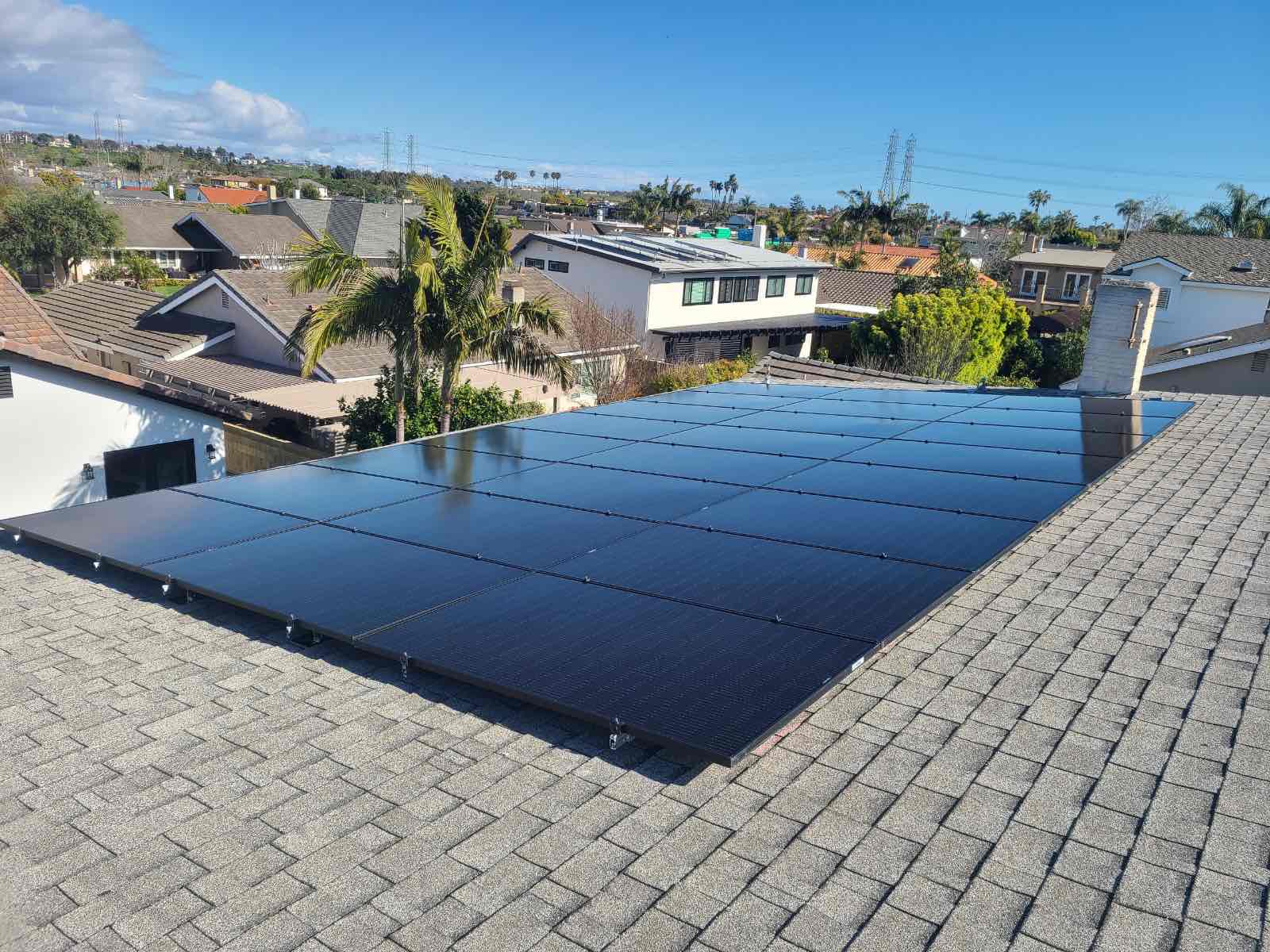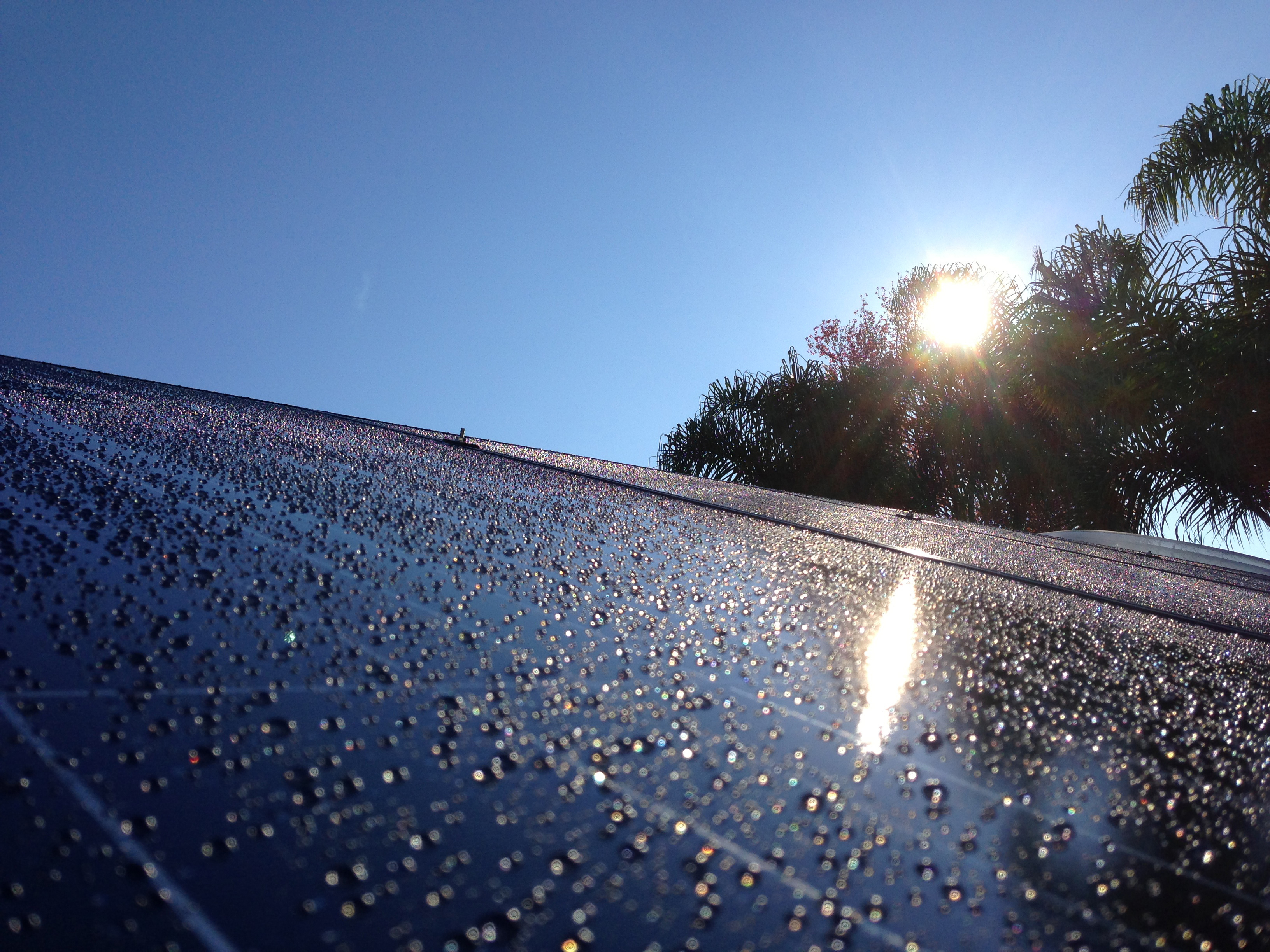Solar technology is evolving rapidly, and the solar panels of today are cheaper, sleeker, and more efficient than ever. For many homeowners, the prospect of generating free, clean electricity right from their rooftops has become far more attractive and financially attainable. Even though residential solar installations are increasing as prices decrease, there are still some lingering misconceptions.
Let’s dispel 10 of the most common myths about solar and learn the truth behind them.
Myth #1: Installing solar costs more than paying the utility company
Truth: The average U.S. home solar solution is 11 kWh and costs about $22,000 to install. Once you factor in all the available tax incentives and rebates, the cost comes down significantly. You may also earn credits from your utility company for the electricity your panels generate through net metering. An experienced local installer can advise you on the incentives in your area.
The most generous incentive for lowering the cost of a solar installation is the federal investment tax credit (ITC), which allows qualified homeowners to claim a 30% tax credit for the total cost of their installation. Read the homeowner’s guide to find out if you qualify, or talk to a tax professional. Some states offer additional incentives that can be combined with the ITC to lower costs even further.
Very few people pay out-of-pocket for solar installations. Ask your bank about a fixed-rate solar energy or home improvement loan, or shop around for the best interest rates and terms. Look for an installer who offers $0-down solar and can design a system so that your loan payments will be equal to or lower than your average utility bill.
Myth #2: Solar panels only work on warm, sunny days
Truth: Solar panels absorb light (not heat) and generate electricity throughout the year, even on cold, cloudy days. In fact, solar panels can perform slightly better in cooler conditions. On very cloudy days, solar panels still generate about 10% to 25% of their normal output. Sometimes clouds can even improve panel performance by reflecting and magnifying sunlight.
Myth #3: Solar panels might damage my roof
Truth: Solar panels do not damage a roof if they are installed correctly. An experienced installer will thoroughly inspect your roof before installation and let you know if it needs repairs. Given that both solar panels and roofs last for 25 to 30 years, it's important to fix any damage before starting your installation. You should also make sure that your roof is not due for replacement soon. Your installer will be able to put you in touch with a roofer if you need repairs or a replacement later.
Myth #4: Solar might decrease my home's value
Truth: Your home is likely your biggest investment, and adding solar energy can make it even more valuable when you’re ready to sell it. A study by real estate company Zillow revealed that solar panels can increase the value of your property by an average of 4.1%, or even more in some cities. That’s thousands of dollars more than non-solar houses in the same market. Homebuyers are willing to pay more when they learn that they'll have lower electricity bills and increased energy security.
Zillow’s study also showed that 80% of homebuyers prefer energy-efficient homes. A knowledgeable realtor can emphasize your home’s low utility bills, discuss whether there are property tax exemptions, and educate buyers on the benefits of solar energy.
Photo courtesy of Panasonic Eco Systems and Orange County Solar
Myth #5: My roof doesn't have enough room for solar panels
Truth: Most U.S. homes have enough roof space to accommodate a solar system that meets most — if not all — of their energy requirements. Installers consider several factors when designing a rooftop system, including available square feet, orientation, panel size, energy needs, shade trees, and more. Most systems are 8 kWh to 11 kWh, and panels are a little more than 3 feet by 5 feet. While most mid- or large-sized homes require 20 to 25 panels, smaller homes need fewer. You can also choose a higher-wattage system that produces more electricity with fewer panels.
Myth #6: Solar panels are an eyesore
Truth: There are many ways to optimize the design of a solar system to ensure it's discreet and blends in with the look and feel of your home. For example, your installer can ensure panels run symmetrically, mount them so that they are nearly flush with your roof, and choose a frame that matches your panels so that the color of your system is uniform. When designed well by an experienced installer, a rooftop solar system can transform your property.
Myth #7: Solar panels require regular maintenance
Truth: Solar panels are built to withstand the elements for 25 to 30 years. They're very low maintenance for homeowners. To keep them operating efficiently, you can spray them with a hose from the ground a couple of times a year to wash away dirt and leaves. Rain will usually keep them clean, too. If the panels are covered with snow after a winter storm, try to brush them off with a snow brush or broom if safe to do so (or ask your installer or roofer to do this). Avoid using a rake or shovel that could damage them and void the warranty.
Your installer may offer routine annual maintenance for a small fee and provide a warranty for their labor if something’s not working. Some systems also use apps to help you know if any panels are underperforming so you can schedule maintenance.
Myth #8: Solar panels aren't efficient enough to power my house
Truth: Most solar panels have an efficiency rating between 17 and 20%. Panasonic EVERVOLTⓇ panels range up to 22.2%, depending on wattage. The efficiency rating indicates how much of the sun's energy the panel converts into electricity. This amount is more than enough to meet the energy requirements of your household. Your installer will determine how many panels you need based on how much energy you use and other factors.
Myth #9: Solar panels don't work during a blackout
Truth: Unless you're totally off the grid, your solar panels will be connected to the electricity grid. If there's a power outage, your system will automatically shut down to protect utility workers who are trying to fix the outage. However, if you install a home battery system with your panels, you can store surplus solar energy so that you have a free backup power source. Your solar panels will continue to charge the battery so that you can keep the lights on.
Myth #10: Solar panels are only for people who want to live off-grid
Truth: The majority of residential solar panels are connected to the grid. Grid-tied solar gives you benefits that you don’t get off-grid, including the ability to sell your surplus electricity to your utility through net metering. You'll also be able to draw energy from the grid when your panels aren't generating power.
Solar panels add comfort, reliability, and safety to your home for decades and lower your monthly electricity bills. And it's more affordable now than ever when you take advantage of the federal, state, and local incentives available
Thinking about making the solar switch or ready to get started? Check out Panasonic’s wide range of solar and energy storage solutions.





